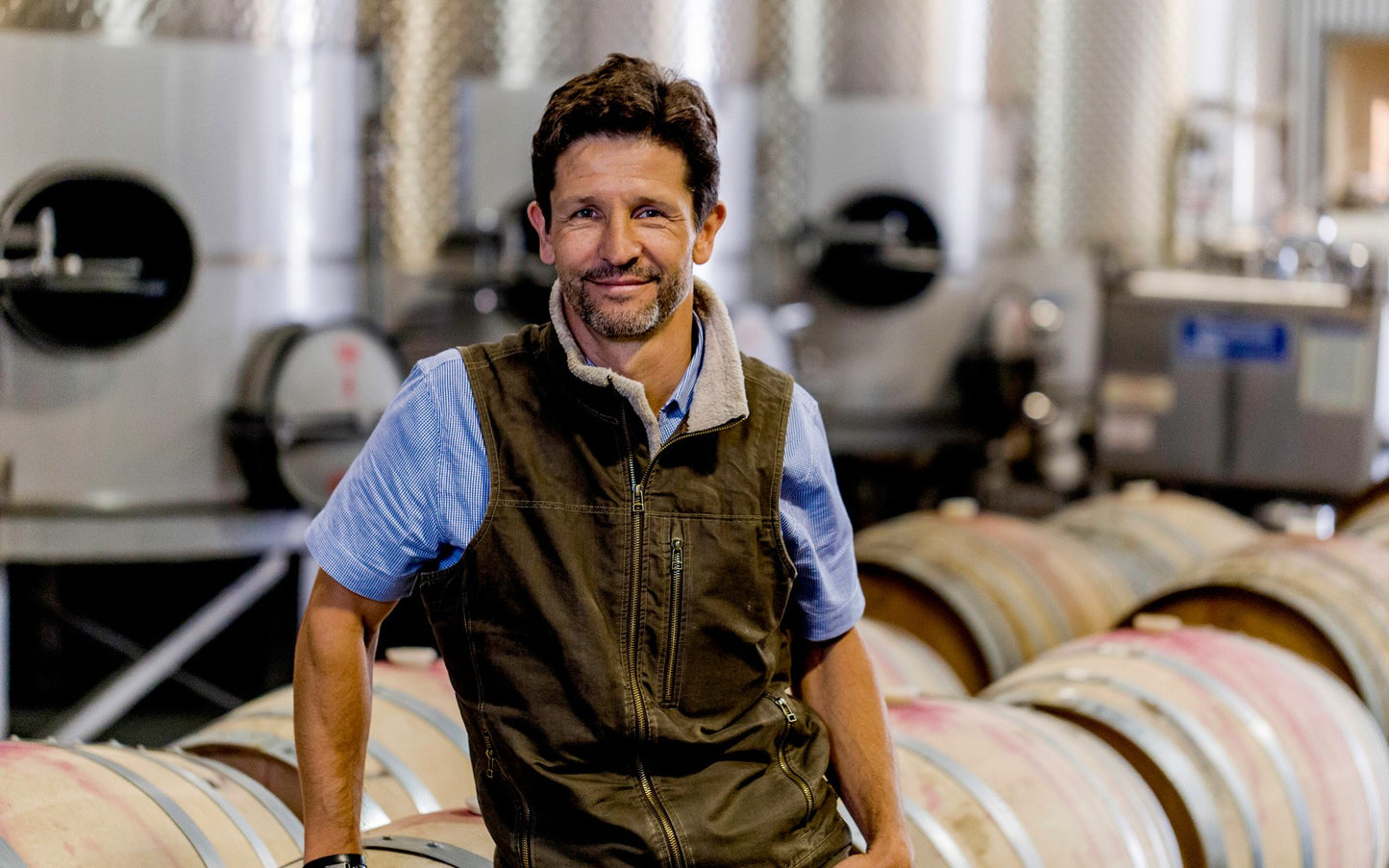The Sommelier's Box
Obsidian, ‘Pezsgö’ Pétillant Naturel Pinot Noir 2020
- Regular price
- $40.00 USD
- Regular price
-
- Sale price
- $40.00 USD
- Unit price
- per
Couldn't load pickup availability
Region: Carneros, Napa Valley, California
Varietal: 100% Pinot Noir
Tasting notes: Light, fresh, clean, and fermenty. In a world of grungy Pét-Nats, Pezsgö is like Pinot Noir's elixir of youth, if Peter Pan were to ever make a wine. Frizzanté-like with soft, foamy bubbles, tart flavors of Rainier cherries and cranberries. Strawberries and raspberries emerge with more time in the glass. Super refreshing and a perfect summer wine!
Producer: Pezsgo (Pej-guh)The name is as curious and fun as the wine it describes. Hungarian for sparkling wine, this Pét-Nat Pinot Noir nods to the Obsidian Wine Co. family heritage and the effervescent energy of the bubbles in the bottle. While many would sniff at turning Napa Valley Pinot Noir into a pétillant naturel, Obsidian Wine Co has been growing grapes for California’s top sparkling programs (Chandon, Mumm, Schramsberg) for nearly 50 years. So the Obsidian team felt it was time to make something sparkling in their own style: fresh and informal, simple and elegant, with the raw flavor and heady aroma of fermenting Pinot Noir that fills the cellar each harvest. Pezsgo isn’t fussy or fancy, but it is of superior quality, made in the Ancestral Method of natural winemaking. With the release of the 2021 Pezsgo, Obsidian Wine Co. welcomes spring and celebrates vitality, youth and joy.
Vineyard and Winemaking: The Pinot Noir for Obsidian’s new “Pezsgő” was night-picked from Poseidon Vineyard on August 28th, 2020. To make this wine, they destem the clusters and soak the whole berries with their juice for 24 hours. After pressing, the juice is placed in a tank and chilled for 36 hours to let the solids settle. Obsidian relies on yeasts that inhabit the vineyard to convert the fruit sugars to ethanol—no commercial yeasts were added. They carefully regulate the Pét-Nat to keep a slow and steady ferment until the brix level is just right, and then drop the temperature to 40 degrees. This accomplishes two things: it arrests the fermentation and settles any additional solids out of the young wine. They then add a tiny amount of sulfur and hand bottle with a crown-cap. As the bottles warm up, the fermentation resumes and the residual sugar ferments to produce more ethanol and carbon dioxide which is responsible for the carbonation.
Share




